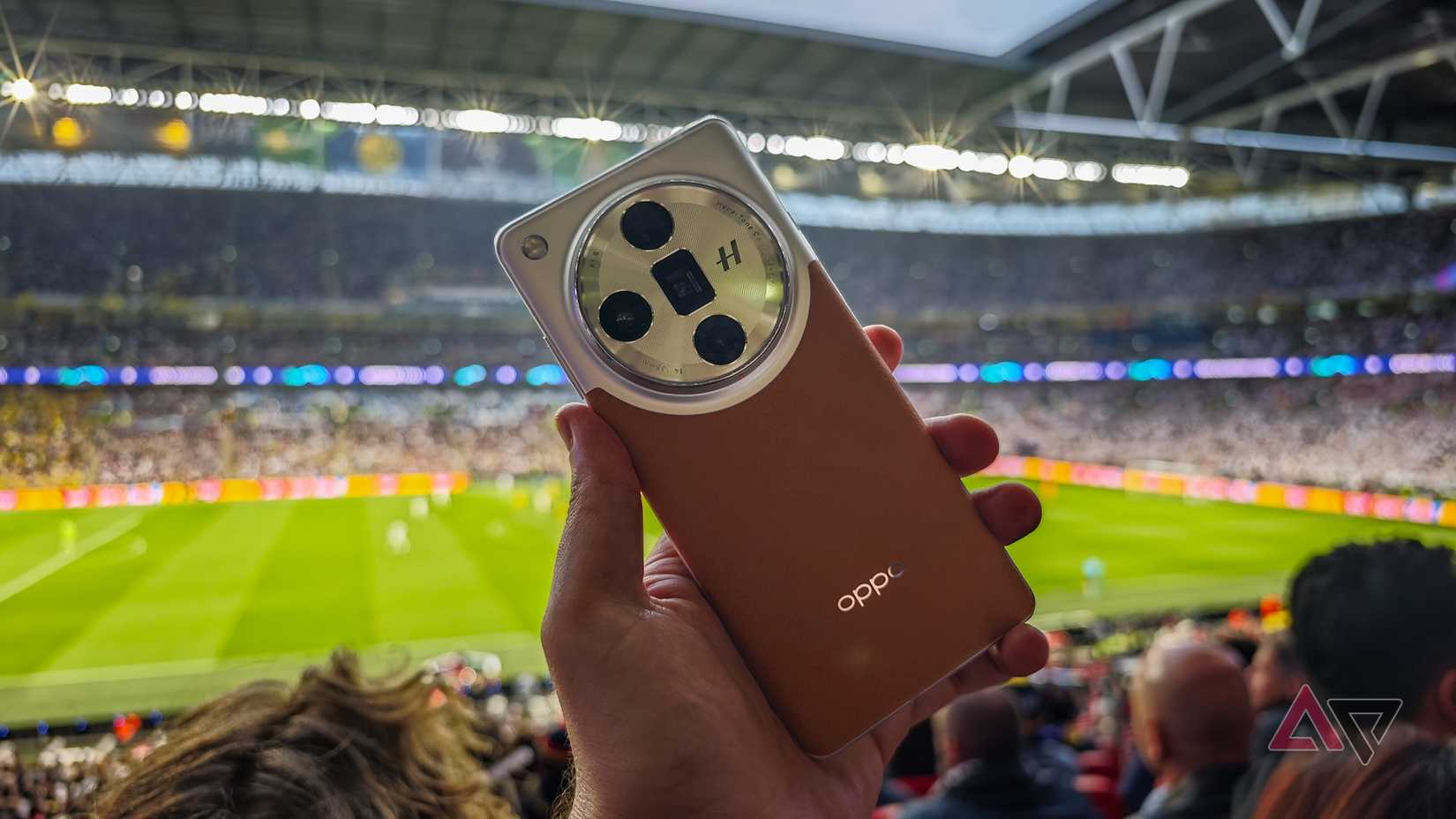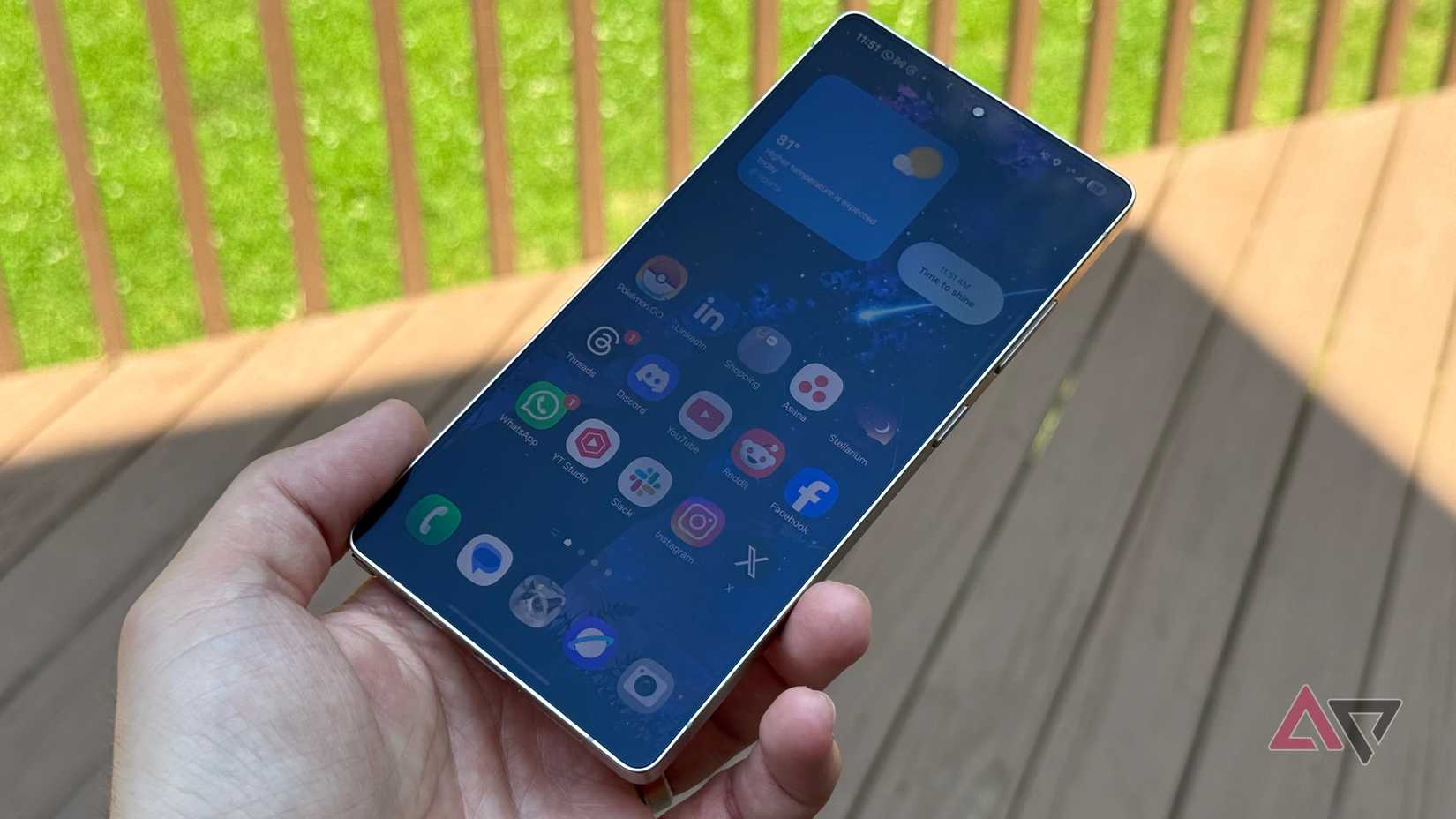I can’t tell you how many times I’ve been frustrated by a lack of mobile signal inside a stadium.
I’ll sit down in my seat at NASCAR and see three or four bars of 5G signal, only to struggle to send a picture or pull up Google for a quick search.
When I go to Delaware for a race, I know to set my fantasy football lineups ahead of time, because I’ll have no chance after I arrive.
I always thought that I couldn’t use my smartphone because there were too many people in the same area. While that’s a big part of the problem, it’s more complicated than that.
Those bars you see on your phone aren’t an optical illusion, and while you may have a strong connection to the network, getting enough bandwidth is another story. It’s there, it’s just not for you.
Here’s what happens to your smartphone connection when you enter a stadium to watch your favorite team or enjoy a concert.
It is difficult to manage connections for that many people
Saturation plays a significant role
It’s worth noting that the massive tower you may see in your town or off on a mountain isn’t the only way you get a signal to your smartphone. Those macrocells are designed to cover large areas with higher wattages to boost the signal.
Carriers also use microcells and small cells — less powerful devices designed to cover a smaller area.
Small cells are often placed in stadiums to help with connectivity issues, but even if there’s one at your next event, that doesn’t mean the bandwidth is reserved for you.
Carriers can prioritize traffic and segment chunks of bandwidth to support numerous stadium functions.
It would look a little silly if the crowd needed to wait five minutes for a replay to download at a football game, and I doubt Joe Buck would appreciate not having a clear feed of the game on his monitor.
Similarly, team owners would be annoyed if concession stands couldn’t accept credit cards for orders.
All these functions behind the scenes at stadiums are given priority traffic over that photo you’re trying to upload to Instagram.
There is leftover capacity for low-priority traffic, but you can imagine that many users in a confined space quickly saturate the network.
Your calls may go through, but anything that uses significant data will be held up or limited to slower speeds.
Verizon publishes a white paper on it every year, and it’s always a concern for team owners to ensure they have the bandwidth necessary to support operations.
mmWave isn’t the savior you think it is
There’s just too much stuff in the way
Stadiums are daunting structures for radio waves. There’s metal seating and scaffolding, not to mention all the concrete. When you pour in tens of thousands of people, the signal gets sketchy.
Qualcomm conducted a similar study outlining the challenges of mmWave connectivity in densely populated areas, such as stadiums.
On paper, mmWave should be exactly what the doctor ordered. It’s high-capacity, so people’s data isn’t really the problem, but the people are.
The mmWave signal struggles to overcome the obstacles posed by a stadium. It behaves more like a line-of-sight wave than a radio wave, and there are plenty of things to get in the way when you’re watching your favorite NBA team play.
Place enough bodies, steel, and concrete between you and the signal, and you have no chance of getting your traffic through.
Thankfully, carriers and stadium personnel aren’t helpless. While the solutions definitely need improvement, they’ve been getting better.
Carriers and stadiums use a layered approach
You still get some signal, it’s just slow
High-speed wireless networks allow stadiums and carriers to offset some of the traffic. It’s not a catch-all solution, but it helps manage the enormous challenge posed by that many people in proximity.
In addition, carriers use a multi-tiered approach. mmWave can handle certain high-bandwidth activities, like you’d need down on the sidelines or in the broadcast booth.
There’s limited interference, and it’s mission-critical for all those tablets to work on the sidelines for teams during a football game.
Mid-band 5G is what you’ll use as a fan. It won’t give you the best speeds, but it’ll do the job of getting out calls and texts.
Speeds aren’t fantastic because Dynamic Spectrum Sharing comes into play. There’s plenty of technology behind the process, but it essentially puts LTE and 5G on the same band, limiting speeds.
You’re using LTE, even if your phone thinks it has a full 5G signal. It’s not perfect, but it’s something, and it’s better than being disconnected entirely.
Carriers are planning for the future
It’s not hard to see that bandwidth requirements at sporting events will go up. I can’t wait for Google’s XR glasses, but I’ll want an overlay with live stats as I watch the game.
It’s definitely going to be an expanded multi-tiered approach, with the hopes that Wi-Fi 7, along with improved (and increased) 5G networks, will be able to handle the load.
Until then, when you get to a sporting event, it’s still probably best to put the phone back in your pocket and enjoy yourself — unless you’re a Miami Dolphins fan.





… [Trackback]
[…] Here you will find 14369 more Info to that Topic: geeksforgeeks.org/your-phone-s-useless-at-games-and-concerts-and-it-s-not-your-imagination/ […]
… [Trackback]
[…] Read More Info here on that Topic: geeksforgeeks.org/your-phone-s-useless-at-games-and-concerts-and-it-s-not-your-imagination/ […]